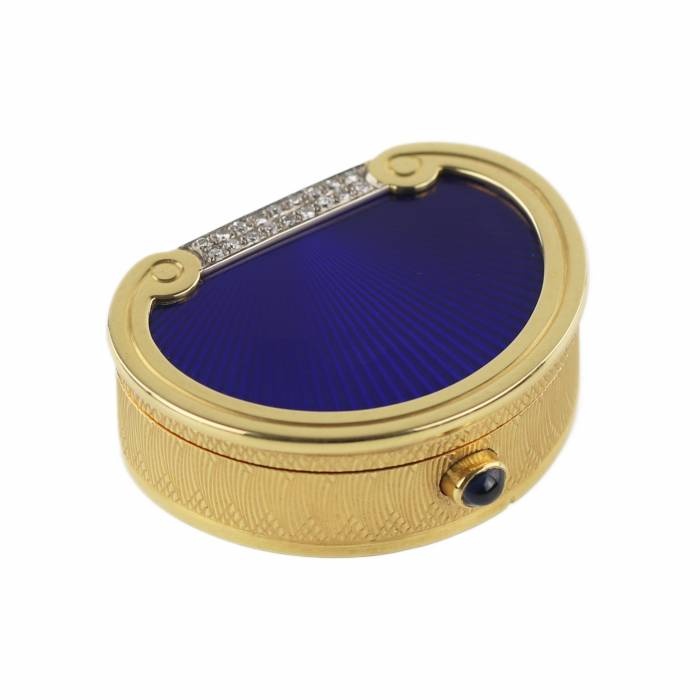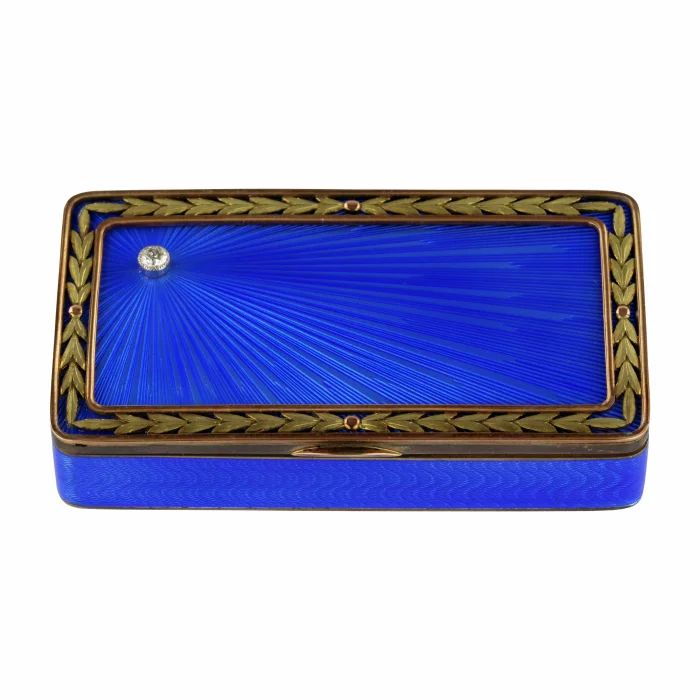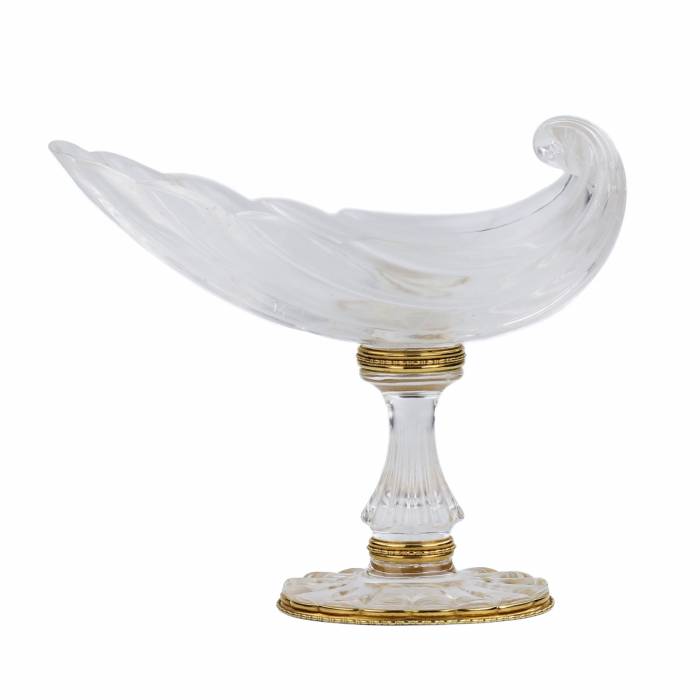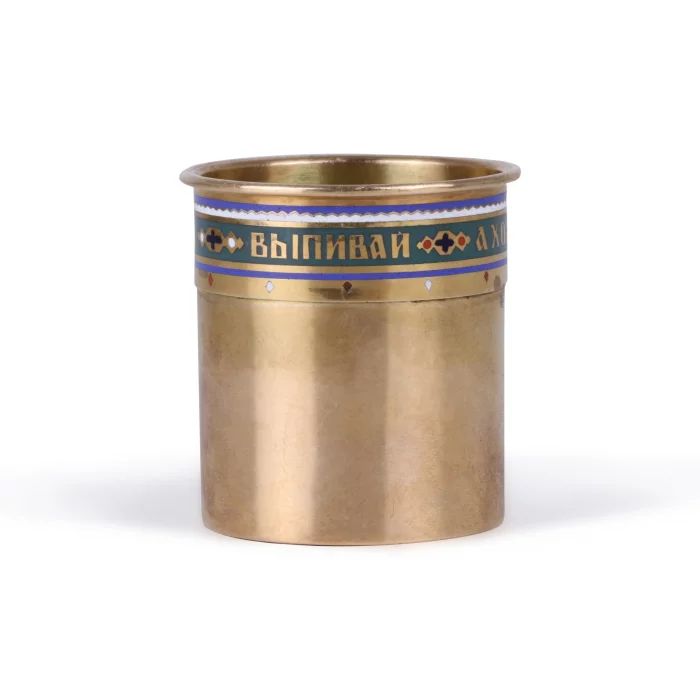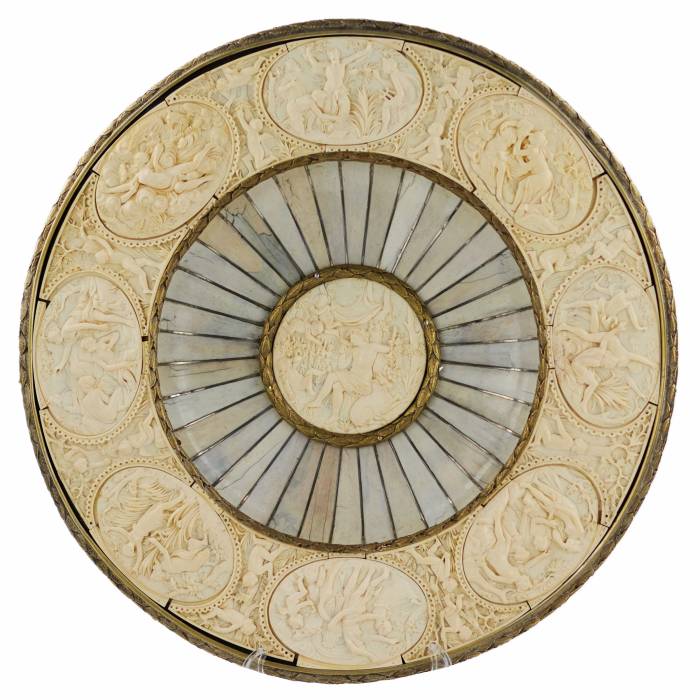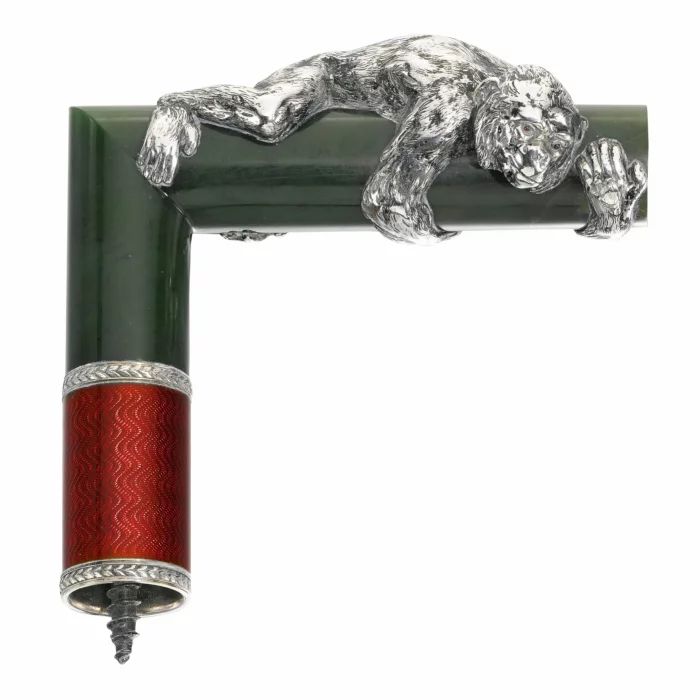
AntiqonART consultant will contact you within one business day after receiving your request.

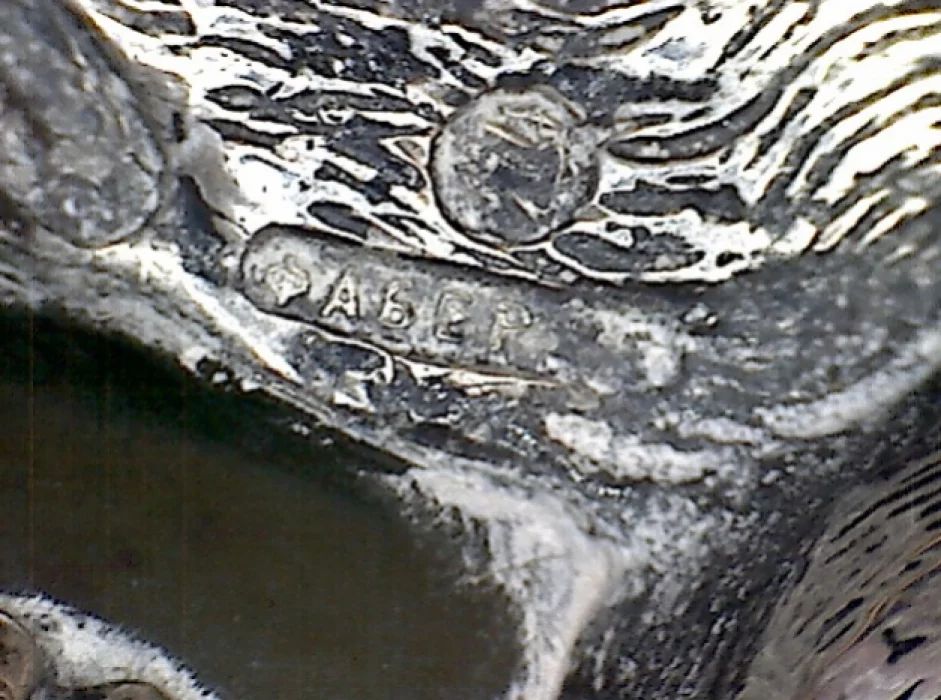
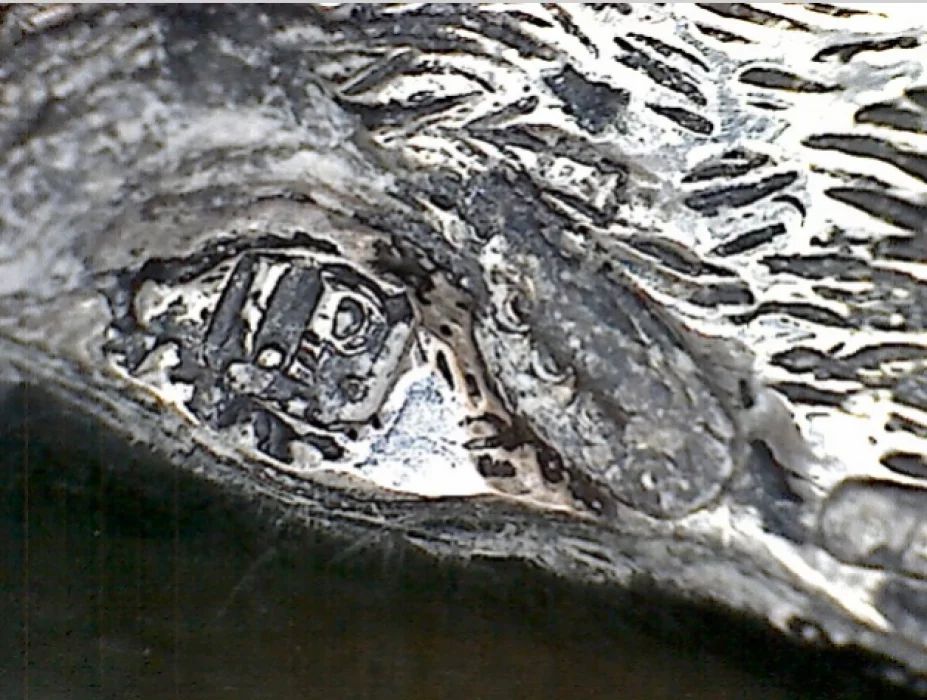
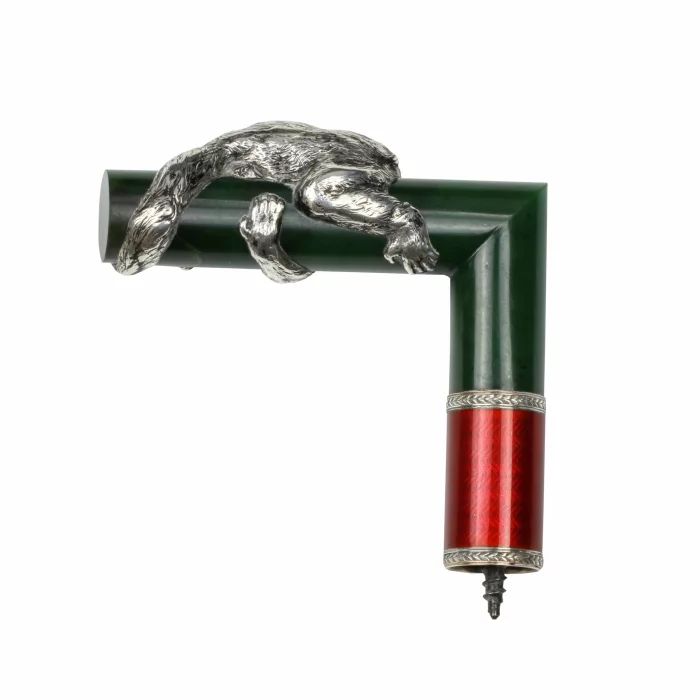
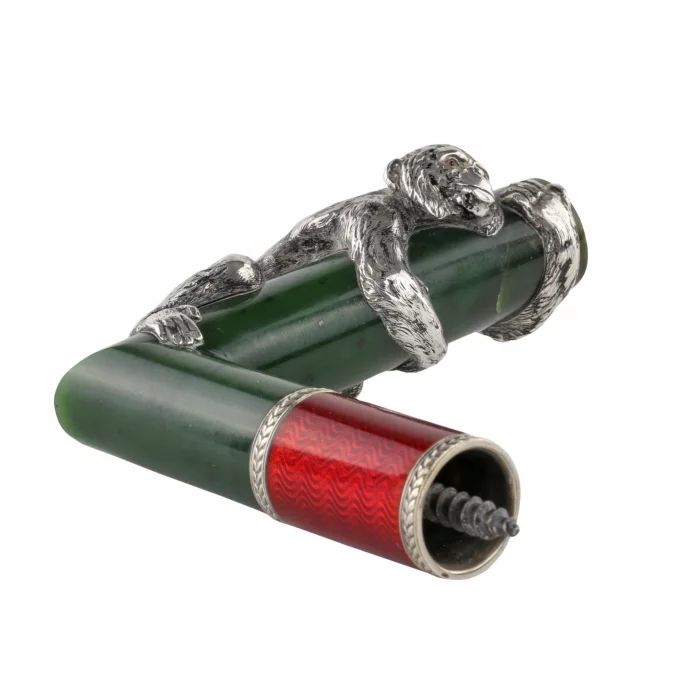
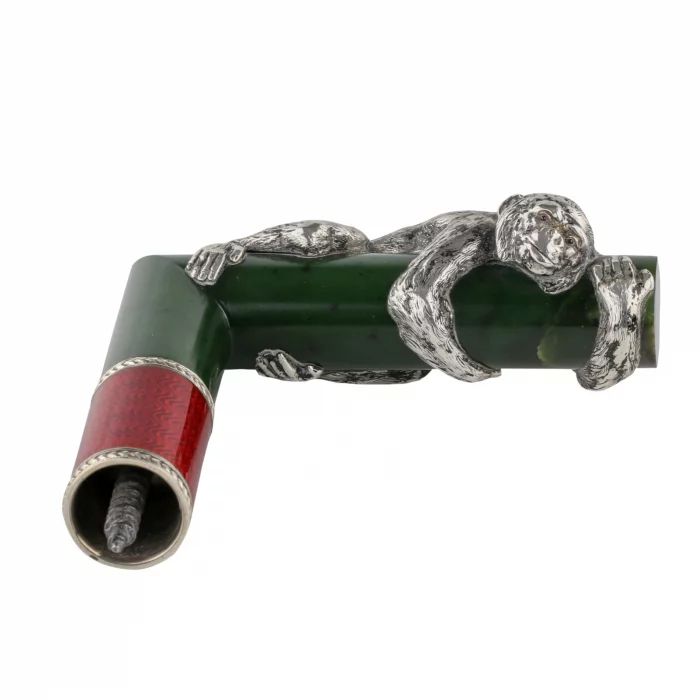
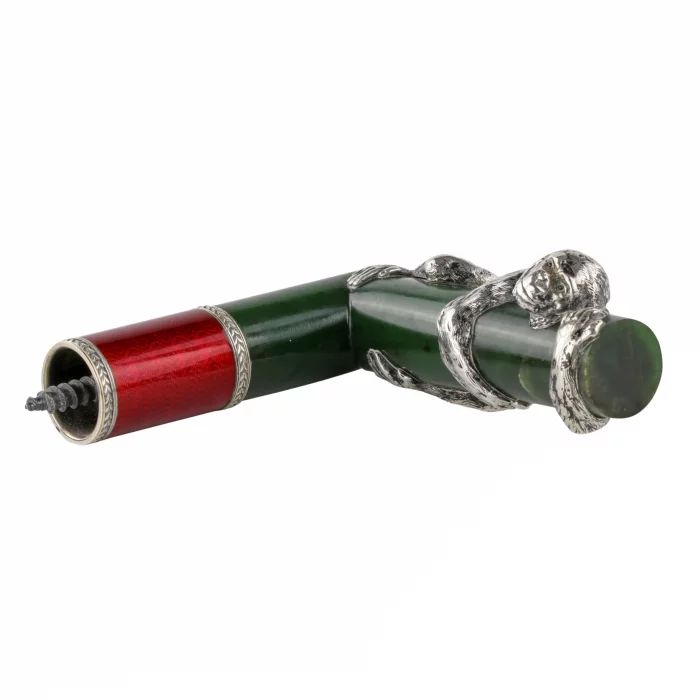
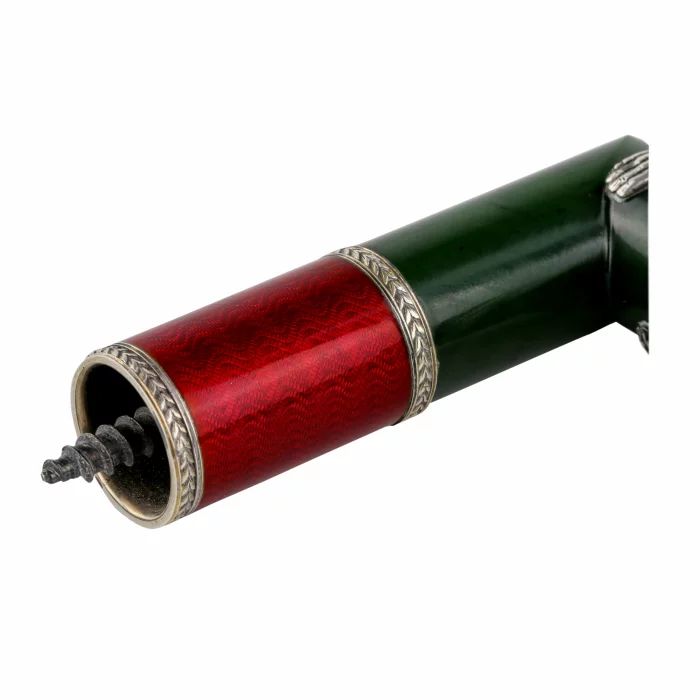
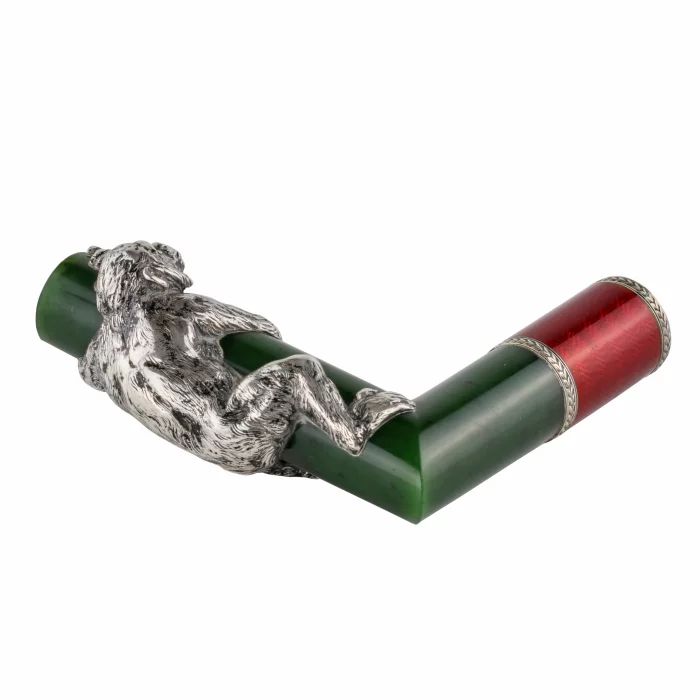
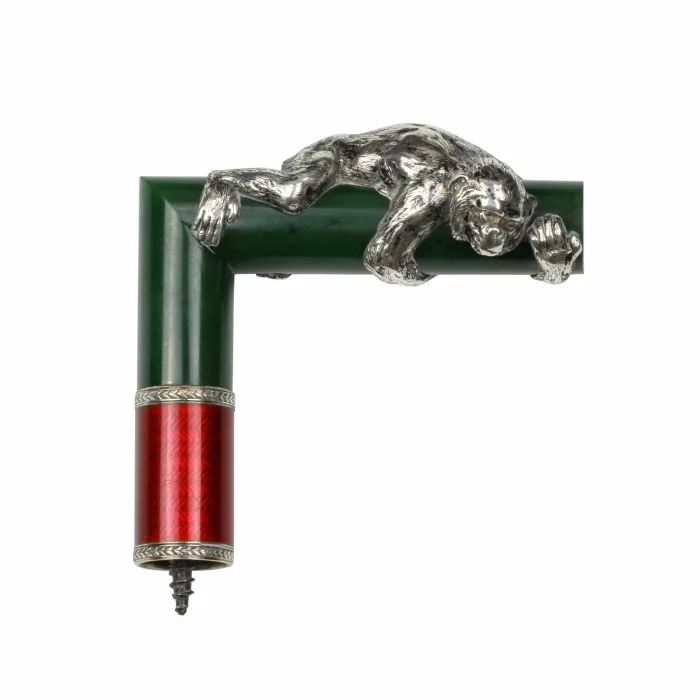










At Antiqon ART, we build trust and value your choice. Every purchase of art and antiques with us is an investment backed by our expertise, reputation, and a 100% authenticity guarantee.
Discover how the value of similar works has evolved over the past 10 years. Art is not only beauty — it's an investment.
Antiqon ART offers free packaging, insurance, and delivery for most items purchased through the company. Exceptions include large and oversized items that require specialized packing and shipping.
A rare angular cane handle, created in St Petersburg between 1899 and 1904 in the workshop of the Imperial Court supplier, the House of Fabergé. The piece was crafted by one of the firm’s leading masters — Julius Rappoport, renowned for his virtuosity in silver casting and chasing.The handle is made of deep green nephrite and adorned with a sculpted and chased silver monkey figure embracing the stone. The sculptural composition is highly detailed: the fur is rendered with expressive plasticity, and the facial features are vivid and naturalistic. The eyes are set with cabochon-cut rubies.The lower section is decorated with guilloché red enamel over silver, bordered by chased laurel leaves. A concealed screw mechanism allows secure attachment to the cane. Its angular form is characteristic of early 20th-century luxury accessories.
Marks: K. Fabergé beneath the Imperial warrant, Latin initials I.P. (for Julius Rappoport), 88 silver standard, St Petersburg assay mark (1899–1904)
Dimensions: Height — 9.5 cm; Length — 8.2 cm
Provenance: Private European collection
Julius Rappoport, the firms head silversmith, was known for his expressive modeling and technical excellence. The depiction of a monkey — a rare motif in Russian decorative arts — embodies playfulness, intelligence, and keen observation. The ruby-set eyes and finely chased fur give the figure a lifelike, almost portrait-like quality.
Nephrite not only adds mass and symbolism but also reflects the contemporary fascination with Eastern materials and Sino-Russian aesthetic fusion. The red guilloché enamel is a hallmark of Fabergé’s technical mastery, providing depth and brilliance. Every detail, from ornamental borders to the hidden mechanism, reflects meticulous craftsmanship.
Today, Rappoport’s works are held in the Hermitage Museum, the Fabergé Museum in St Petersburg, the Victoria and Albert Museum in London, and major private collections. This handle is a superb example of Fabergé’s late-Imperial aesthetic and functional refinement.
In exceptional collector’s condition. No restorations. Enamel and chasing are well preserved. Clear marks. Stone and fittings intact. Screw mechanism operates perfectly.
The condition report is provided for informational purposes only.
It is not comprehensive and may not reflect all defects, restorations, alterations, or adaptations, as Antiqon does not perform professional conservation-level assessments. The information is based on a qualified, yet subjective, evaluation by our specialists.Before purchasing, we recommend consultation with an independent expert.Please also consult our Terms and conditions and Glossary A-Z, which contain important information on lot characteristics and sale conditions.

Thank you for your request!
Our consultant will contact you soon.

AntiqonART consultant will contact you within one business day after receiving your request.
Thank you for your request!
Our consultant will contact you soon.

AntiqonART consultant will contact you within one business day after receiving your request.












